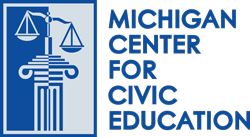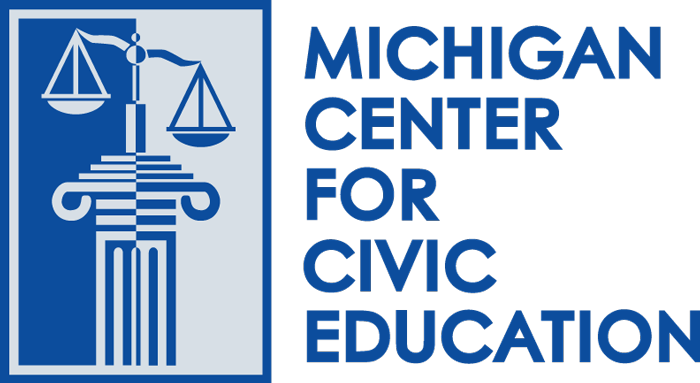Students compare and contrast the language in preambles to two state constitutions; compare state preambles with the preamble of the U.S. Constitution; draft a new preamble for the U.S. Constitution; and discuss the process of amending the U.S. Constitution
Civics Lessons
What Does the Preamble of the U.S. Constitution Mean?
The U.S. Constitution: Continuity and Change in the Governing of the United States
This unit examines continuity and change in the governing of the United States. Lessons one and two are focused on a study of the Constitution and Bill of Rights and provide access to primary source documents from the Library of Congress. Lesson three investigates important issues which confronted the first Congress and has students examine current congressional debate over similar issues. Lesson four features broadsides from the Continental Congress
Life, Liberty, and the Pursuit of Happiness: A Lesson on the Declaration of Independence
Students will understand the meaning and central ideas of the Declaration of Independence; cite textual evidence to analyze this primary source; and analyze the structure of the document.
What Basic Ideas About Government Are included in the Preamble to the Constitution?
This lesson explores some ideas in the Preamble to the Constitution. Students learn that the power to govern belongs to the people who have created the government to protect their rights and promote their welfare.
The Bill of Rights: Debating the Amendments
In this lesson, students examine a copy of twelve possible amendments to the United States Constitution as originally sent to the states for their ratification in September of 1789. Students will debate and vote on which of these amendments they would ratify and compare their resulting “Bill of Rights” to the ten amendments ratified by ten states that have since been known by this name.
The Constitution in Today’s America
This lesson teaches students about the development and role of the Constitution of the United States. Students will learn about the relationship between the Constitution and a democratic government
Colonial Influences
American colonists had some strong ideas about what they wanted in a government. These ideas surface in colonial documents, and eventually became a part of the founding documents like the Declaration of Independence and Constitution. But where did they come from? This lesson looks at the Magna Carta, Mayflower Compact, English Bill of Rights, Cato’s Letters and Common Sense.
The Constitution: Drafting a More Perfect Union
This lesson focuses on the drafting of the United States Constitution during the Federal Convention of 1787 in Philadelphia. Students will analyze an unidentified historical document and draw conclusions about what this document was for, who created it, and why. After the document is identified as George Washington’s annotated copy of the Committee of Style’s draft constitution, students will compare its text to that of an earlier draft by the Committee of Detail to understand the evolution of the final document.
The Road to the Constitutional Convention
This lesson focuses on the various problems under the Articles of Confederation between 1783 and 1786 that led to the call for the 1787 Convention. By examining documents of Congress, the state governments, and prominent American founders—both public and private—students better understand why many Americans agreed that the Articles should be revised and amended.
Wanted: A Just Right Government
Students learn how the U.S. Constitution came to exist by looking at the tensions and differences of opinion that existed among early American states and citizens. Students learn about the Articles of Confederation, why the first “constitution” didn’t work, and how compromise led to the Constitution.

